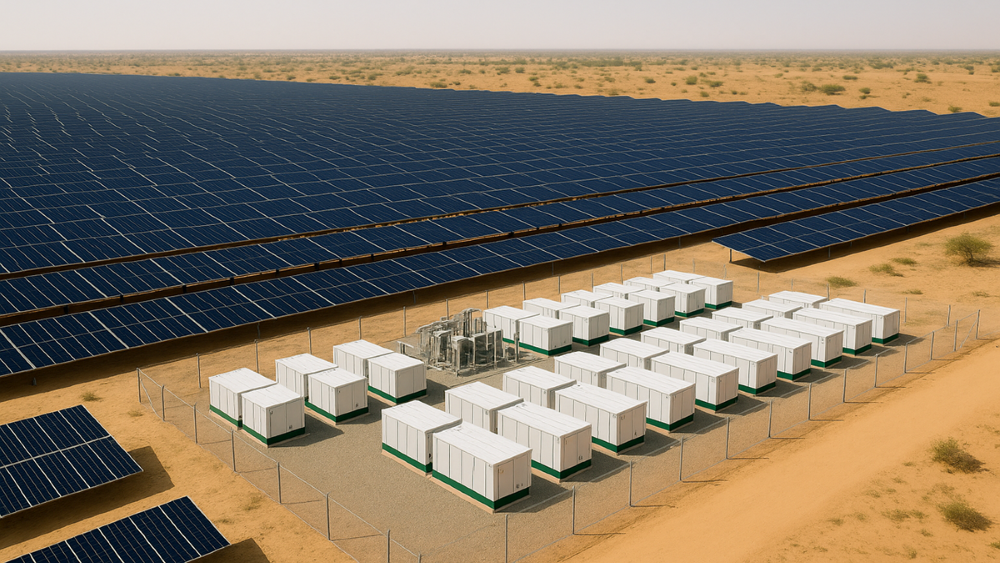

Rajasthan is spearheading India’s solar revolution with the launch of the country’s first mega solar park, the 2.45 GW Pugal Solar Park in Bikaner, integrated with a 5 GWh BESS. Developed by RSDCL under RRECL, the project marks a pivotal step in strengthening large-scale renewable infrastructure, supported by robust transmission development from RVPN and a full offtake guarantee from the State government.

India's current renewable energy scenario
India hit the total renewable energy (RE) capacity, in terms of installed power capacity, by almost 45 per cent by July 2025. This marks a high growth trajectory for solar energy, leading by 50 per cent, followed by hydro at 23 per cent and wind at 22 per cent.
The government is incorporating initiatives, including the National Green Hydrogen mission, for a production target of 5 MMTPA by 2030. In the meanwhile, from 2.82 GW in 2014 to 119 GW by 2025, over the past ten years, Indian solar power, a key component for the overall renewable sector, grew more than 39 times.
India's solar energy market
Utility-scale projects are driving demand, with about 9.3 GW in Q1 2024 from prior policy and pricing uncertainty. Demand improves in utility-scale segments as competitive bidding is fueled by Renewable Energy Implementation Agencies (REIAs) and commercial and industrial (C&I) participants shift toward utilising open-access.
C&I consumers continue to prosper in rooftop solar installation. Engaging with solar energy is highly sought after among businesses that are willing to save costs while providing a sustainable energy source. Solar is also gaining traction among residential customers due to more explicit subsidy programs.
Responses








